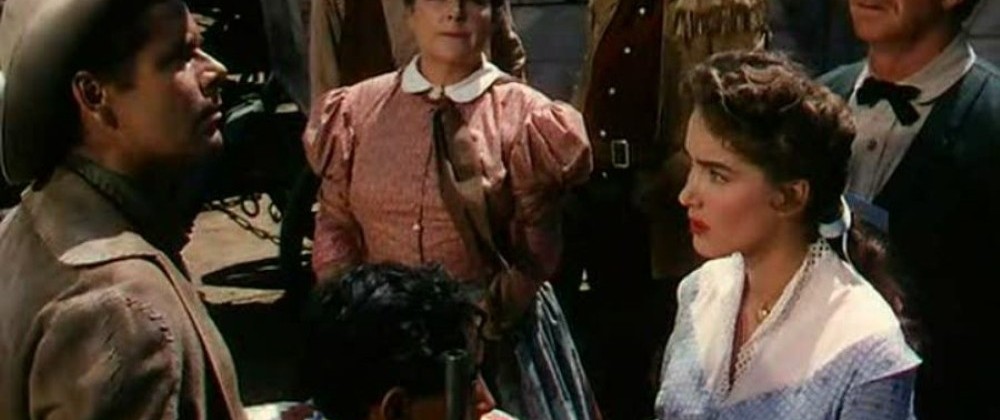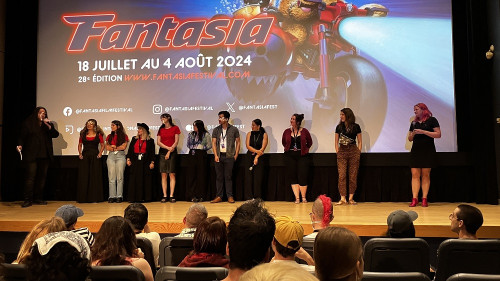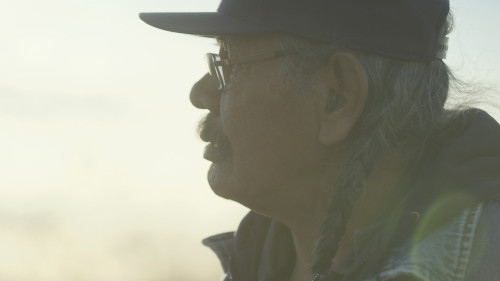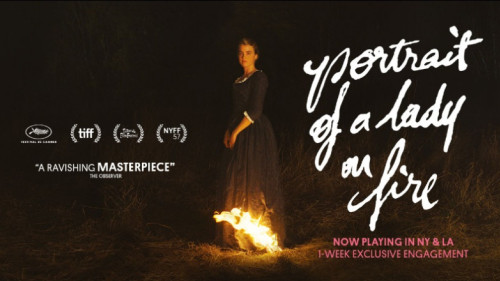Volume 24, Issue 1 / January 2020
Hollywood Studio Period
In this issue
-
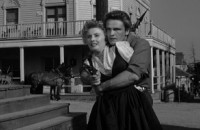
Forty Guns (Samuel Fuller, 1951)
-
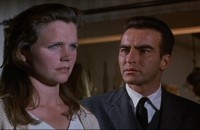
Wild River, starring Montgomery Clift, Jo Van Fleet, and Lee Remick, directed by Elia Kazan
The Individual Right to Private Property versus the Good of the Community and Public Use
-
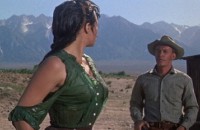
ReFocus: The Films of Budd Boetticher
-
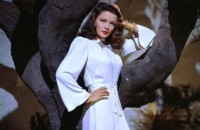
The Call of the Heart: John M. Stahl and Hollywood Melodrama
Book review
-
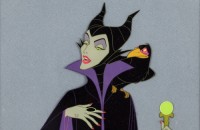
Killer Queens: The Terrifying World of Disney
The issue Offscreen looks at what I would call the equivalent of comfort food, meaning films made during the period broadly known as the classic Hollywood studio system, roughly covering 1920 to 1960. Hollywood was a well oiled machine, churning out entertaining films that, when necessary, preferred to disguise the artistry behind a facade of self-effacement. As one famous Hollywood producer noted, when you want to send a message, call for Western Union. Buck a Review columnist Douglas Buck gets the fall rolling with a director that epitomized Hollywood at its gruffest, Samuel Fuller, a former journalist and decorated World War 2 infantryman. Buck reviews Fuller’s western Forty Guns that features a rare (for the western) strong female role, rancher Jessica Drummond (Barbara Stanwyck). Daniel Garrett takes a deep look at one of Elia Kazan’s many thought provoking films from the 1950s onwards, Wild River (1960). Kazan’s mature works always had the pulse on topical social issues, whether racism (Pinky, Gentlemen’s Agreement), class (Streetcar Named Desire), labor (On the Waterfront) or nationalism (America, America). Wild River, shot in rural Tennessee, also features a strong female character, Lee Remick as Carol Garth Baldwin, granddaughter of strong matriarch Ella Garth (Jo Van Fleet). The film is a pro-New Deal, Depression era drama about a government official’s (Montgomery Clift’s Chuck Glover) trials to convince Ella Garth to sell her island land to enable the Tennessee Valley Authority’s building of a damn. Garrett defines it as a film about “how modernity addresses the problems of the present and, with knowledge and technology, makes those challenges and troubles things of the past…”. Elaine Lennon follows with two book reviews about key directors who worked in many genres, most notably the Western (Budd Boetticher) and Melodrama (John M. Stahl). The issue concludes with a look at one of Hollywood’s crowning figures, Walt Disney. Colin Arason looks at how the beauty of some of these child-marketed animated films also taught children about some of life’s darker aspects. (Donato Totaro, ed.)

